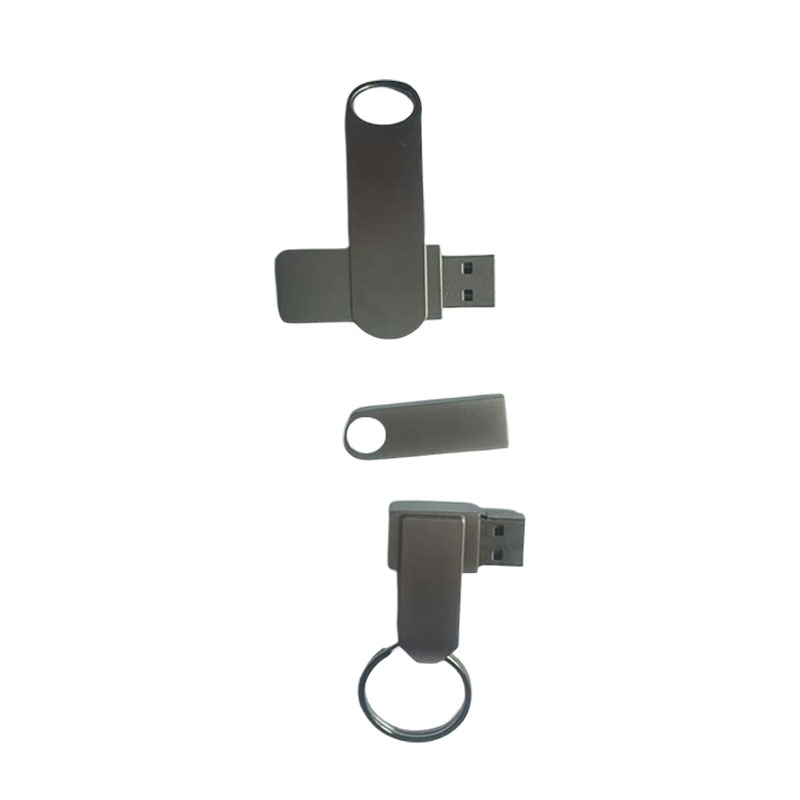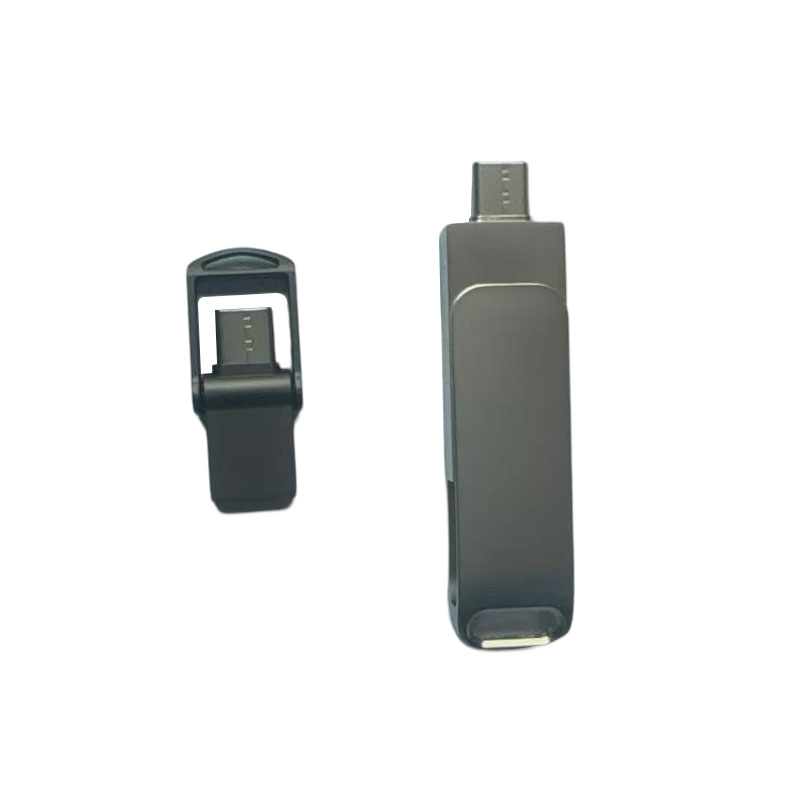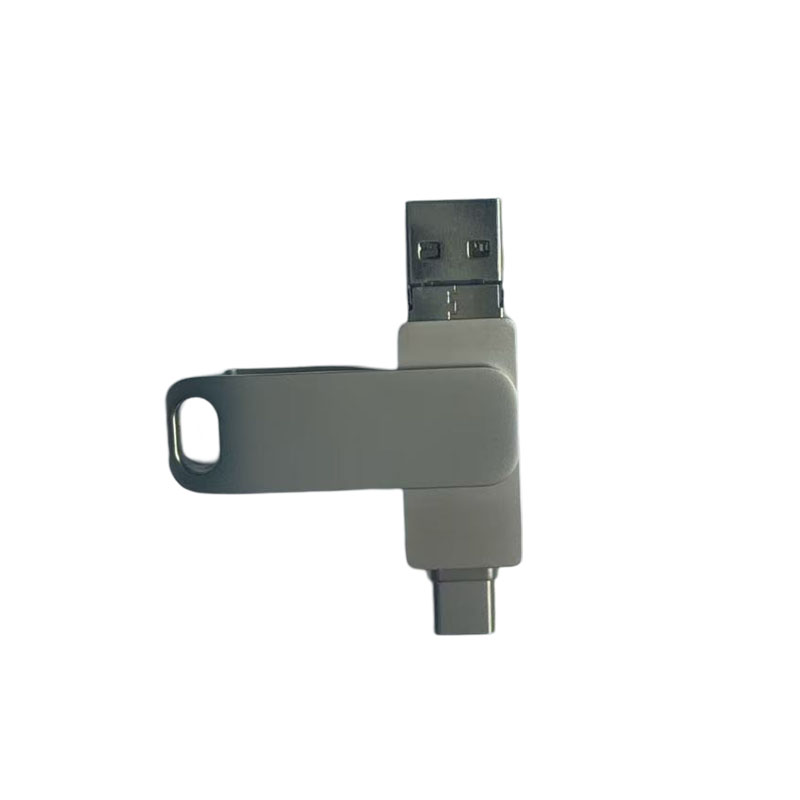What is the principle of u disk encryption technology?
Release Time : 2025-04-21
U disk encryption technology is an important means to protect the security of data in U disk. It processes data through a variety of complex algorithms and mechanisms to ensure the confidentiality, integrity and availability of data.
The core of encryption technology is encryption algorithm, common symmetric encryption algorithm and asymmetric encryption algorithm. Symmetric encryption algorithm such as AES (Advanced Encryption Standard) uses the same key for encryption and decryption. It divides data into blocks of fixed length, and then uses the key to encrypt each block. The encryption speed is fast and suitable for encrypting large amounts of data such as files in U disk. Asymmetric encryption algorithm such as RSA uses public key and private key, the public key is used for encryption, and the private key is used for decryption. This algorithm has high security, but the encryption and decryption speed is relatively slow. It is often used to encrypt and transmit the key in the symmetric encryption algorithm.
The key is the key to encryption and decryption. In U disk encryption, key generation is usually based on a random number generator to ensure that the generated key has sufficient randomness and unpredictability. Key management involves the storage, update and destruction of keys. In order to prevent key loss, some encrypted USB disks provide key backup functions and adopt secure storage methods, such as storing the key in a hidden partition of the USB disk and encrypting the key. The key can only be accessed and used through a password set by the user or other authentication methods.
In order to improve encryption efficiency and security, the data in the USB disk will be divided into several small blocks. Taking the AES algorithm as an example, it usually divides the data into 128-bit blocks for encryption. Each data block is processed according to a specific encryption algorithm using a key to convert the original data into ciphertext. In this way, even if some data blocks are stolen during transmission or storage, it is difficult for attackers to obtain valuable information from a single data block because the encryption of each data block depends on the key and a specific algorithm.
In order to ensure that only authorized users can access the data in the encrypted USB disk, an authentication mechanism is essential. Common authentication methods include password authentication, fingerprint recognition, digital certificates, etc. Password authentication is the most basic method. After inserting the USB disk, the user needs to enter the correct password to decrypt and access the data. Fingerprint recognition performs authentication by identifying the user's fingerprint features, which has high security and convenience. Digital certificates are a form of authentication based on public key infrastructure (PKI), which verifies the legitimacy of a user's identity by verifying the user's digital certificate.
In addition to authentication, USB disk encryption technology also includes access control and permission management. This means that even authorized users can set different access rights according to different needs. For example, some files may only allow users to read, but not modify or delete; or some users can only access part of the data in the USB disk within a specific time period. Through sophisticated access control and permission management, data security can be further improved to prevent data from being misoperated or maliciously tampered with.
In order to ensure the integrity of encrypted data during storage and transmission, USB disk encryption technology usually adopts an integrity verification mechanism. A common method is to use a hash function, such as SHA1 or MD5, to calculate the original data and generate a unique hash value. When decrypting the data, the hash value of the data is calculated again and compared with the stored hash value. If the two hash values are not equal, it means that the data may have been tampered with or damaged. In addition, some encrypted USB disks also have data recovery functions, which attempt to recover data in the event of data loss or damage by backing up keys or using specific recovery algorithms.
U disk encryption technology also needs to be able to resist attacks and cracking. In response to possible brute force cracking attacks, the encryption system will set a limit on the number of password attempts. When the number of attempts exceeds a certain threshold, the U disk will be automatically locked or other security measures will be taken. At the same time, the use of complex encryption algorithms and key management mechanisms makes it difficult for attackers to obtain keys or original data by analyzing ciphertext. In addition, some encrypted U disks also have physical protection functions, such as preventing the U disk from being disassembled or cloned, to protect the internal encryption chip and data.







